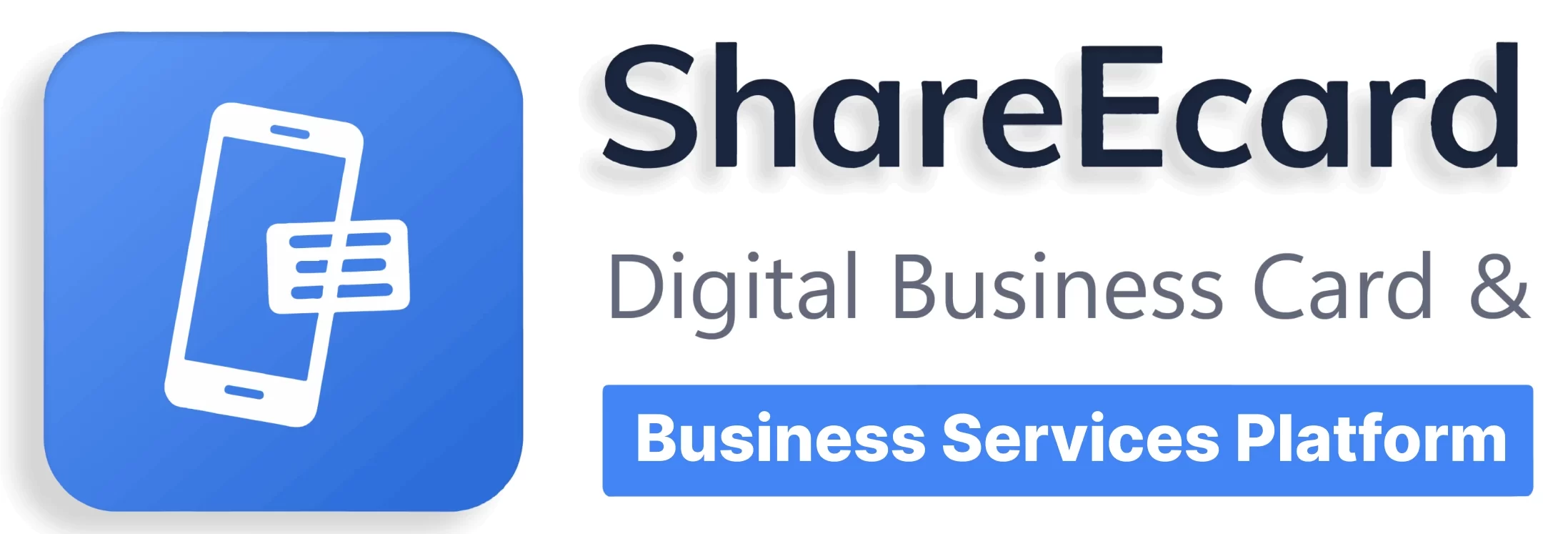Color plays a pivotal role in business card design, not only in aesthetics but also in communicating messages and emotions. Understanding the psychology of color can greatly enhance the impact of your business card. Each color has its unique implications and can influence how your brand is perceived by others. Here’s a deep dive into the psychology of color in business card design.
Understand Color Psychology and Tips for Choosing Perfect Color for Your Business Card
Understanding Color Psychology
- Red: Red is a powerful color that conveys energy, passion, and action. It’s attention-grabbing and can evoke feelings of excitement or urgency. Ideal for brands looking to portray confidence and dynamism.
- Blue: Blue is the color of trust, dependability, and professionalism. It’s widely used in corporate business cards to instill a sense of reliability and calmness.
- Green: Green represents growth, health, and renewal. It’s often used by companies in the health, wellness, and environmental sectors. It’s also easy on the eyes, conveying a sense of balance and harmony.
- Yellow: Yellow is associated with optimism, creativity, and warmth. It can be used to grab attention and convey a friendly, approachable brand personality.
- Orange: A blend of red’s passion and yellow’s cheerfulness, orange is a vibrant, energetic color. It’s great for brands that want to appear friendly and creative.
- Purple: Purple symbolizes luxury, wisdom, and spirituality. It’s a good choice for brands wishing to convey a sense of sophistication or mystery.
- Black: Black is classic and sophisticated, often used to convey a sense of elegance and exclusivity. It’s popular in high-end and luxury brand designs.
- White: White symbolizes purity and simplicity. It creates a minimalist aesthetic and is often used in combination with other colors to provide contrast.
- Pink: Pink can range from soft and romantic to bright and vibrant. It’s often used in brands targeting a female audience but is increasingly used for its modern and playful connotations.
- Brown: Brown conveys reliability, stability, and nature. It’s often used by businesses that wish to appear robust, traditional, or connected to the earth.
Tips for Using Color in Business Card Design
- Brand Alignment: Ensure the colors align with your brand identity and the message you want to convey.
- Contrast for Legibility: Use contrasting colors to ensure the text on your card is legible. For example, a dark font on a light background or vice versa.
- Cultural Considerations: Be aware of cultural connotations of colors in different regions. For example, white is associated with purity in some cultures and mourning in others.
- Consistency Across Materials: The colors on your business card should be consistent with those of your other branding materials like your logo, website, and packaging.
- Use Color Emotionally: Think about the emotional impact you want your card to have. Do you want it to energize, instill confidence, or soothe?
If you are designing your business card then know some of the most important tips to create a perfect digital business card. Also, learn how to choose right material for your business card.
The use of color in business card design is a powerful tool in conveying your brand’s identity and values. By understanding the psychology behind each color, you can make informed decisions that enhance the effectiveness of your business card as a branding tool. Remember, the right color choice can leave a lasting impression and play a key role in how your business is perceived.
You can create a digital business card with the perfect color of your choice with ShareEcard and that’s too for free! So, create one for yourself now!




